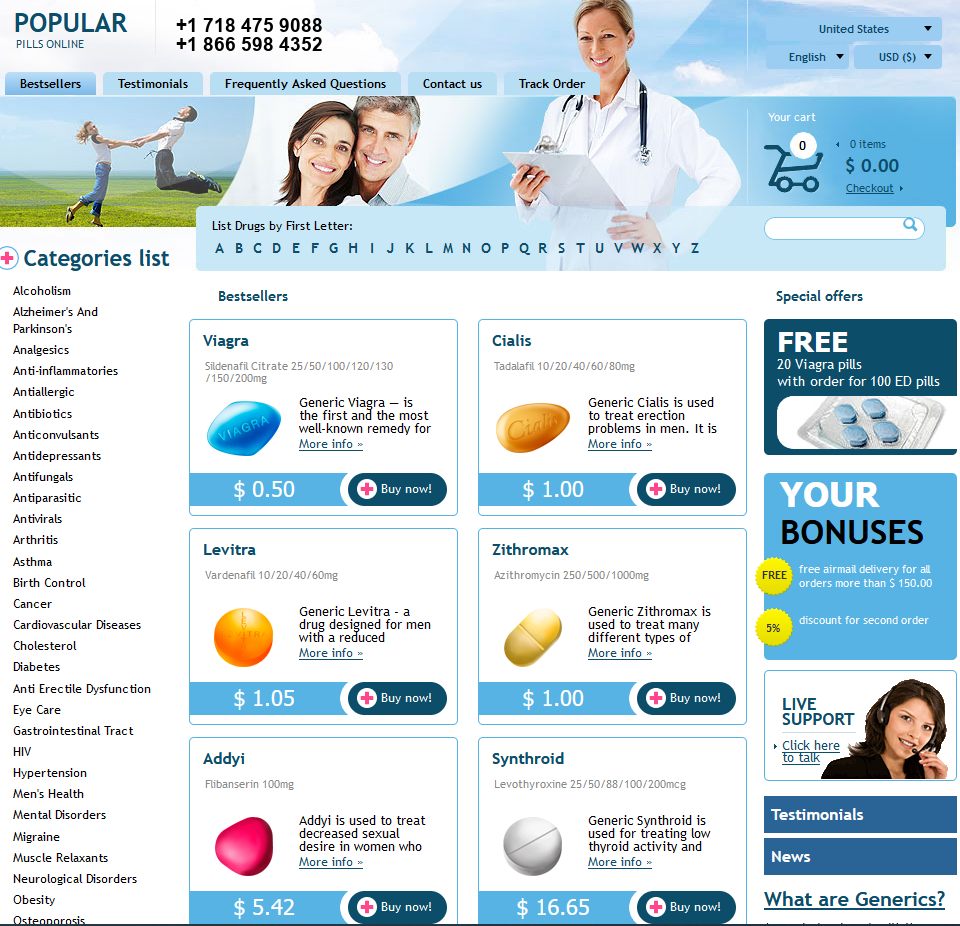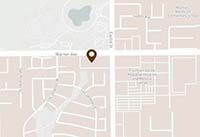To Buy Motilium Online Visit Our Pharmacy ↓
 Understanding Motilium: What It Is and How It Works
Understanding Motilium: What It Is and How It Works
Discovering the History and Origins of Motilium
In the late 1970s, researchers at Janssen Pharmaceutica began exploring new therapies to address gastrointestinal disorders. Amid their endeavors, they synthesized domperidone, a compound that would eventually become the active ingredient in Motilium. As clinical trials progressed, Motilium emerged as a promising solution for nausea and vomiting, particularly benefiting patients whose symptoms were linked to digestion and stomach motility issues.
| Year | Event |
|---|---|
| 1970s | Discovery and synthesis of domperidone by Janssen Pharmaceutica |
| 1980s | Introduction and approval in various countries for treating digestive-related symptoms |
Throughout the 1980s, Motilium gained broad acceptance across numerous countries, its effectiveness in managing symptoms related to slow gastric emptying propelling its reputation. By leveraging domperidone’s unique impact on the body's dopamine receptors, Motilium offers relief to countless patients worldwide, embedding itself as a staple in the treatment of gastrointestinal discomfort.
Unpacking the Active Ingredients of This Medication

Motilium, known for its role in managing gastrointestinal discomfort, features domperidone as its primary active ingredient. Domperidone is a dopamine receptor antagonist, which means it works by blocking dopamine receptors in the gut. This action accelerates gastric emptying and enhances intestinal movement, providing relief from symptoms like nausea and vomiting. Unlike some similar medications, domperidone doesn’t cross the blood-brain barrier as readily, minimizing certain central nervous system side effects.
The formulation of Motilium often includes supplementary inactive compounds that aid in its delivery and stability, ensuring the drug is absorbed effectively in the digestive tract. These additional ingredients support the medication’s ability to achieve its therapeutic purpose without degradation before reaching the gut. This careful combination amplifies Motilium’s effectiveness in treating gastric disturbances.
How Motilium Interacts with Your Digestive System
Motilium primarily works by enhancing the movement of the stomach and intestines, thereby easing the passage of food through the digestive tract. It achieves this by blocking dopamine receptors found in the gut wall. Dopamine, a neurotransmitter that plays many roles in the body, can slow down gastric motility when binding to these receptors. By inhibiting this process, Motilium accelerates gastric emptying, reducing nausea and vomiting.
In addition to promoting smooth muscle contractions, Motilium also increases the pressure of the lower esophageal sphincter. This action prevents the reflux of stomach contents into the esophagus, thus reducing bloating and heartburn. Such effects are particularly beneficial for those suffering from gastroparesis, a condition where the stomach cannot empty in the normal way.
Motilium benefits patients by improving the coordination and rhythm of stomach contractions. This leads to a more efficient digestion process, where the breakdown and absorption of food occur seamlessly. It's especially crucial in cases where digestive disturbances arise, allowing individuals to experience relief from discomforting symptoms. By understanding these interactions, one can better appreciate Motilium's role in supporting digestive health and facilitating a return to normalcy.
Exploring the Common Uses of Motilium Today

In the contemporary medical landscape, Motilium has emerged as a versatile medication primarily used to alleviate nausea and vomiting. Its effectiveness in managing these symptoms extends to various situations, including postoperative recovery and chemotherapy-induced discomfort. Furthermore, Motilium finds its place in treating gastroparesis, a condition characterized by delayed stomach emptying, thus providing relief from associated bloating and stomach pain.
Beyond these key applications, Motilium also lends a helping hand to individuals suffering from symptoms of reflux, enhancing overall gastrointestinal motility. Its ability to promote gut movement offers comfort to those struggling with digestive issues, making it a popular choice in both acute and chronic scenarios. As more people become aware of its benefits, Motilium continues to gain traction as an essential tool in fostering digestive health.
Important Considerations before Taking Motilium
Before incorporating Motilium into your routine, it’s crucial to assess several factors. This medicine, primarily used for easing gastrointestinal discomfort, requires careful consideration of existing health conditions. For instance, individuals with liver dysfunction or electrolyte imbalances should exercise caution. Additionally, Motilium may interact with other medications, potentially affecting their efficacy or leading to adverse outcomes. Therefore, discussing your complete medical history with a healthcare professional is wise to avoid complications.
Furthermore, the suitability of Motilium depends on age and specific health needs. For pregnant or breastfeeding women, the decision to use this medication must involve weighing potential risks against benefits. Finally, understanding the appropriate dosage is pivotal. Incorrect dosages can lead to inefficacy or heightened side effects, highlighting the importance of adhering to prescribed guidelines.
| Consideration | Details |
|---|---|
| Health Conditions | Liver dysfunction, electrolyte imbalances |
| Drug Interactions | Importance of disclosing medical history |
| Demographic Suitability | Considerations for pregnant or breastfeeding women |
| Dosage | Adherence to prescribed amounts |
Evaluating Potential Side Effects and Risks
When considering Motilium, understanding its potential side effects and risks is crucial. Commonly reported side effects include headaches, dry mouth, and abdominal cramping. While these are generally mild, it is important to be aware of more serious reactions, such as irregular heart rhythms and allergic reactions. These are less common but warrant immediate medical attention. People with existing heart conditions should pay special attention to these risks, given Motilium's effects on cardiac function. Additionally, long-term use can lead to dependency, so it's vital to discuss usage duration with a healthcare professional.
Informed decisions about Motilium require awareness of its interaction with other medications and pre-existing conditions. Always consult with a healthcare provider to personalize your treatment plan. For detailed clinical insights, refer to comprehensive resources like the National Center for Biotechnology Information and the Australian Therapeutic Goods Administration.





